With the growth of new digital technologies in recent years, it’s no surprise people are already speculating about the future. Many of these new developments have been lumped together into Web 3.0 with the common theme of AI and decentralization. As with all technologies, such innovations present massive business opportunities, particularly in marketing.
This article will aim to explain how the world of digital marketing will theoretically be affected by the new wave of tech.
Web 3.0 Technologies
Web 3.0 contains within it several up-and-coming digital media innovations. While the purpose of these technologies varies wildly, together they may upend the web as it is.
Web 3.0 technologies include:
- Blockchain
- Semantic Web
- Machine Learning and AI
- Cryptocurrency
- Advanced Virtual Reality & Augmented Reality
- NFTs
- Decentralized Apps
- Internet of Things
As this list of technologies implies, a large part of the new wave of web innovations is about self-reliant, decentralized processes. From blockchain and crypto to autonomous machine learning and communicative appliances (IoT), these new ventures propose a world with more advanced machine functions requiring minimal human input.
Comparing Web 1.0 vs Web 2.0 & 3.0
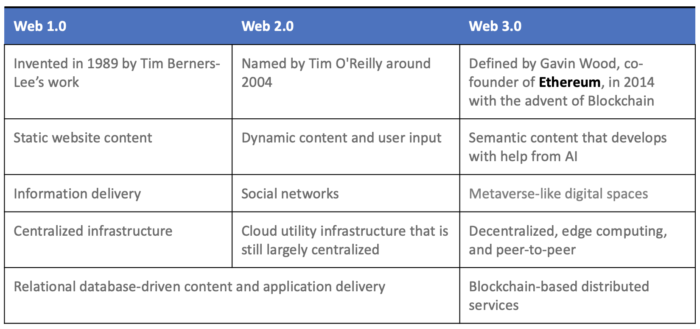
Web 3.0 Startups, Companies, & Marketing Use Cases
Innovations always bring in new business models and strategies for the Internet economy. There are several Web 3.0 investments that possess favourable marketing opportunities. This section will look into the state of these markets briefly and then look at successful examples.
Blockchain, NFTs, & Crypto in Web 3.0
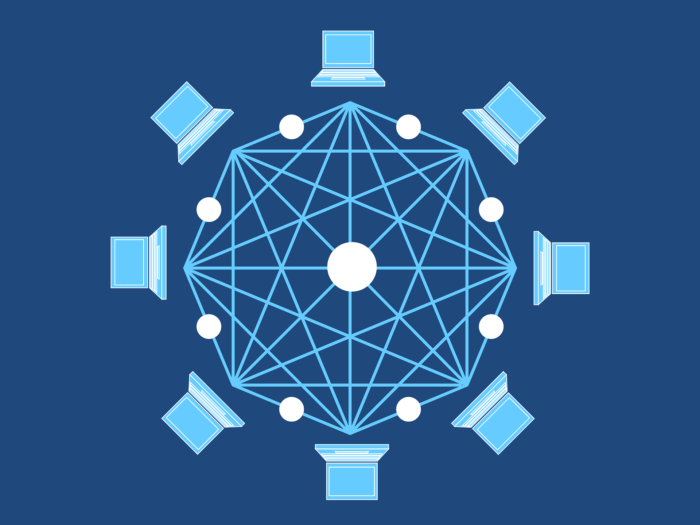
We’ve written extensively about all 3 of these interconnected technologies if you’re in need of a primer. Cryptocurrency has been a successful speculator market, however, there has been little growth in its uses as a currency. This is one of the reasons NFTs were developed (to give cryptocurrency more applicability).
In terms of marketing, NFTs and Crypto had a massive boom followed by a market crash. This has severely impaired both technologies in terms of their viability (for now). While there are still crypto and NFT markets operating, ad spending has plummeted. These two technologies have an uncertain future as it stands.
On the other hand, Blockchain has massive marketing potential outside of its finance applications. Blockchain technologies are very good at storing data for everyone to view. This can make transactions and security far better for advertising companies. Similarly, companies as big as IBM are leveraging blockchain to streamline processes and decrease costs.
Startups like “Lucidity” store and verify every marketing event to ensure transparent and accurate data. Using smart contracts and real-time insight, they produce a system with advanced fraud detection and payment tracking. Toyota had a 21% boost in ad performance while using Lucidity’s platform, which is especially impressive given the size of the company.
Decentralized Apps & Web-hosting
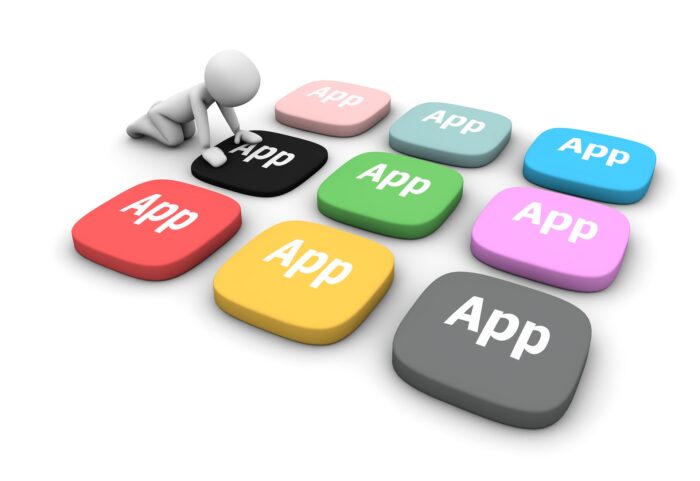
While blockchain presents a lot of monetary possibilities like crypto, it also might offer structural advantages. One of these is in the form of apps and sites with decentralized web hosting and decentralized data-sharing. These hold myriad applications for innovating data privacy and advertising.
A primary benefit of decentralized apps and sites is that changes are easy to track. Since the ledgers/data are present on every node in the network they can easily recover lost data or find the source of changes. Similarly, these systems can be far more transparent and autonomous.
As use cases indicate, another benefit is lower storage costs. 2 TB of decentralized storage per year costs $66 compared to the Google One service at $100 for 2 TB. Since these are not reliant on a central server they can mete out the load across the system.
Such systems have been particularly useful in storing large quantitative datasets like in elections or healthcare. Such was the case with Gem, which raised $7.1 million in a Series A funding round and helped Phillips with its healthcare blockchain. Similarly, Ubitquity became the first blockchain-based system for property record management, theoretically allowing governments to store personal data and real estate records. It is currently in the Alpha phase of testing in Brazil.
Semantic Web

The semantic web may be the next wave of internet-based innovations. While Semantic Web is often conflated with Web 3.0 in general, it serves a unique goal: to turn the web into a machine-readable resource. In essence (as outlined by Tim Berners-Lee), the purpose is to make all data on the Internet easier to analyze for computers.
There are obvious marketing implications for this:
- Semantic web and machine analysis will also make data collection much easier
- Keyword analysis will be even more powerful
- As a result, adfeeds, ad spaces, PPC campaigns etc. will be far more powerful
- The serverless, decentralized nature of technologies like Web 3.0 stack will make data storage easier for marketing companies, social media platforms, and search engines
One of the most notable uses of Semantic Web tech has been the BBC’s website. As of 2010, the company’s World Cup website utilized Semantic Web technologies. Even today, large portions of their public website are run on Semantic Web technologies. Time Inc., Elsevier, and the Library of Congress have all also employed production systems built using Semantic Web.
Biogen Idec is a pharmaceutical maker that manufactures drugs used to treat MS. The company also manages its global supply chain using Semantic Web tech. Through the use of these techniques, their supply chain management has many features that give it an edge in updating complex data that is always in flux.
Machine Learning & AI
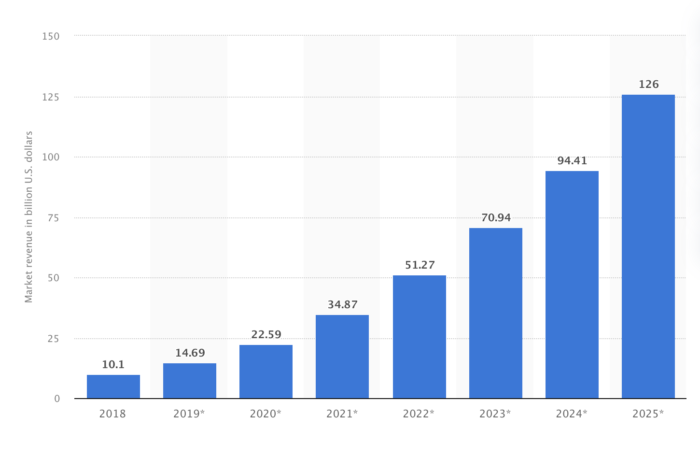
Machine learning and AI present the innovations with the most research and funding going into them. Both of these advents help data mine massive stores of marketing data and turn it into information. It can especially go hand-in-hand with Semantic web processes.
A perfect example of this has been user behaviour algorithms like Netflix’s. The company has been prolific in dishing out recommendations and using behaviour to chart a path forward for new content. According to analysts, the recommendation engine saves Netflix $1 billion yearly by decreasing churn and raising retention rates.
Companies like DataVisitor have done wonders for eCommerce marketplaces in terms of fraud detection and data security. Similarly, companies like Savvie help marketing efforts using AI by analyzing consumer patterns and analyzing costs to help cut corners.
VR, AR, & Metaverse Projects

Social media innovations generally seem to be heading in the direction of more visually interactive media. Internet innovations like interactive VR may well present an entirely new sort of social media, which the Metaverse intends to bring about. We’ve already covered a lot of the marketing possibilities of the Metaverse and VR in detail before so we won’t go into it here.
Facebook and Metaverse stock performance has not been as promising, as their prospects have been floundering. Similar VR projects are also taking off but with not quite as much ambition.
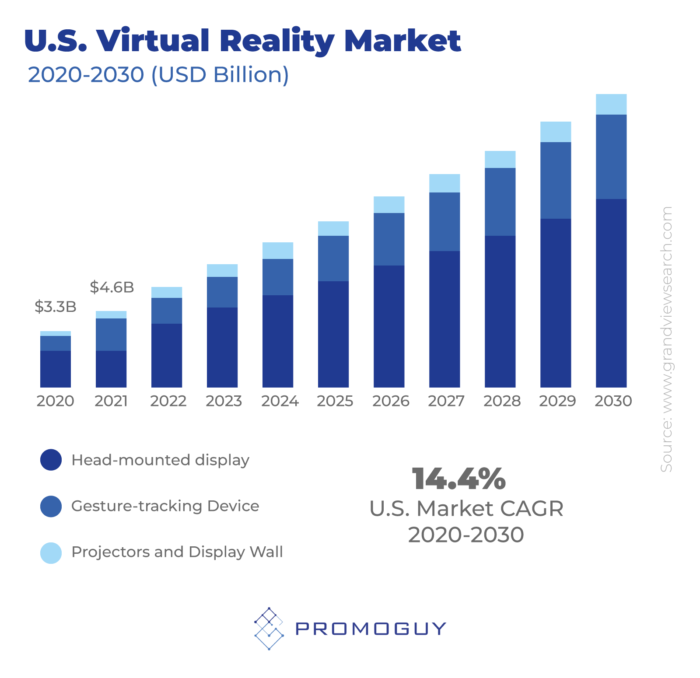
Overall, the marketing potential of VR is very similar to existing marketing endeavours. Companies can place similar types of ads but notably more interactive, multimedia ones.
Another area where marketing benefits is what types of information companies can gather from VR and AR. Aside from everything digital marketing can already surmise about consumers, we may be able to add information like voice data, receptivity to certain visual stimuli, facial/vocal emotional nuance, and much more.
Web 3.0 IoT
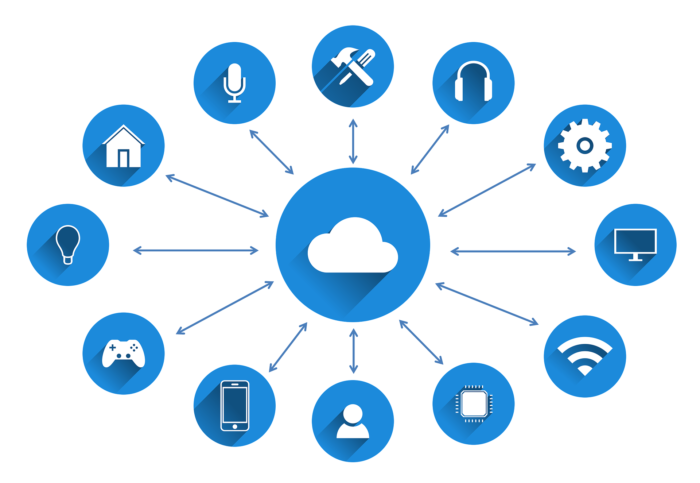
Advertising on the Internet of Things also presents many new ways of contacting possible consumers. IoT devices have a lot of marketing potential, especially when it comes to household products. One example is how products like laundry detergent or soap bottles can carry ad copy with a purpose. Suppose your bottle of washing liquid is about to run out and it alerts your Internet router, sending out a notification to buy a refill.
This technology has already seen some practicality with 3D-printed products. These products developed by the University of Washington have the potential to carry CTAs and marketing messages under certain conditions. Amazon’s planned stores also possess these capabilities, where the entire buyer journey is chaperoned by smart devices.
Investments in IoT are set to cross over 75 billion by 2025 and major players like Amazon are investing heavily. More and more artificial intelligence applications are being invested in objects that would not ordinarily have them, so this is a technology to look out for.


